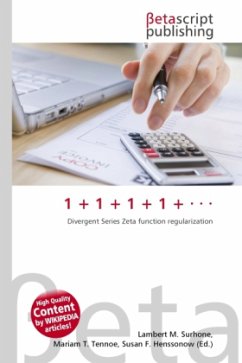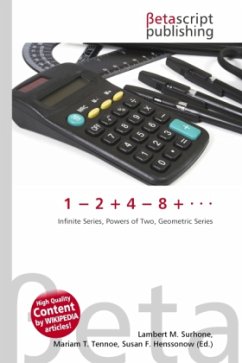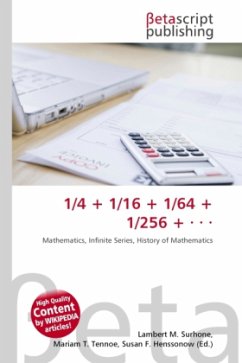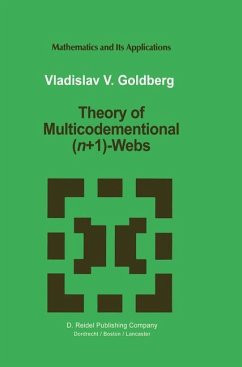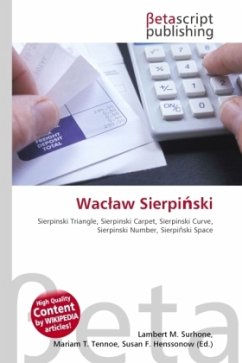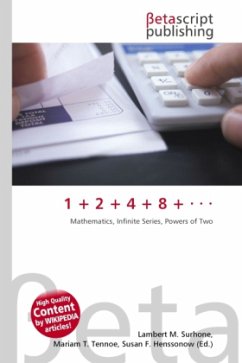
1 + 2 + 4 + 8 + · · ·
Versandkostenfrei!
Versandfertig in 6-10 Tagen
26,99 €
inkl. MwSt.

PAYBACK Punkte
13 °P sammeln!
High Quality Content by WIKIPEDIA articles! High Quality Content by WIKIPEDIA articles! In a useful sense, s = is a root of the equation s = 1 + 2s. (For example, is one of the two fixed points of the Möbius transformation z 1 + 2z on the Riemann sphere.) If some summation method is known to return an ordinary number for s, i.e. not , then it is easily determined. In this case s may be subtracted from both sides of the equation, yielding 0 = 1 + s, so s = 1. The above manipulation might be called on to produce 1 outside of the context of a sufficiently powerful summation procedure. For the mo...
High Quality Content by WIKIPEDIA articles! High Quality Content by WIKIPEDIA articles! In a useful sense, s = is a root of the equation s = 1 + 2s. (For example, is one of the two fixed points of the Möbius transformation z 1 + 2z on the Riemann sphere.) If some summation method is known to return an ordinary number for s, i.e. not , then it is easily determined. In this case s may be subtracted from both sides of the equation, yielding 0 = 1 + s, so s = 1. The above manipulation might be called on to produce 1 outside of the context of a sufficiently powerful summation procedure. For the most well-known and straightforward sum concepts, including the fundamental convergent one, it is absurd that a series of positive terms could have a negative value. A similar phenomenon occurs with the divergent geometric series 1 1 + 1 1 + · · ·, where a series of integers appears to have the non-integer sum 1 2.



